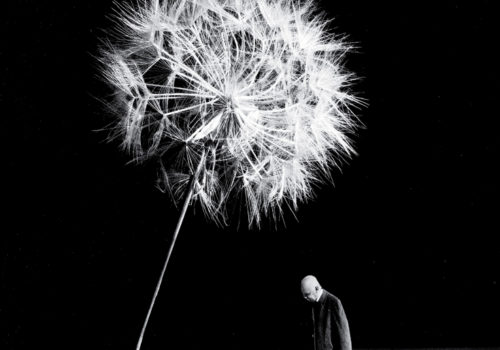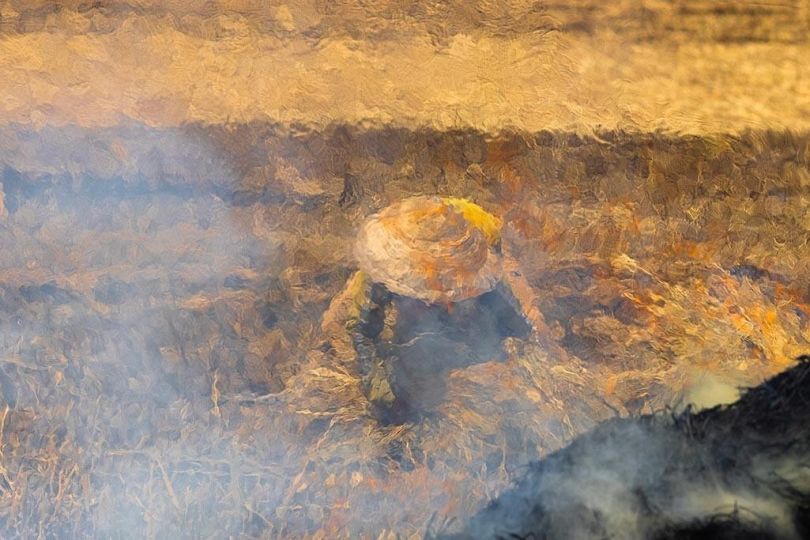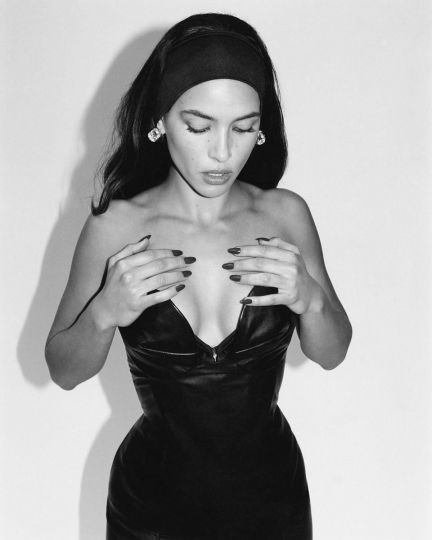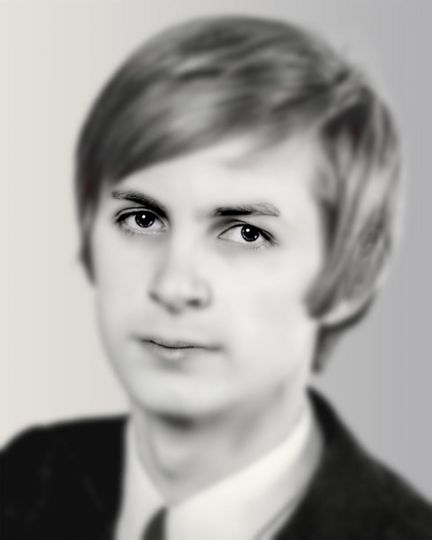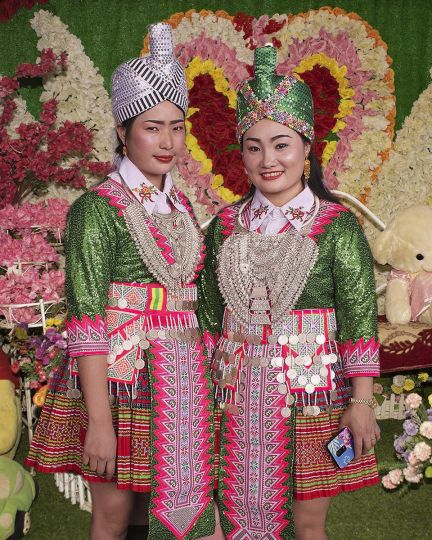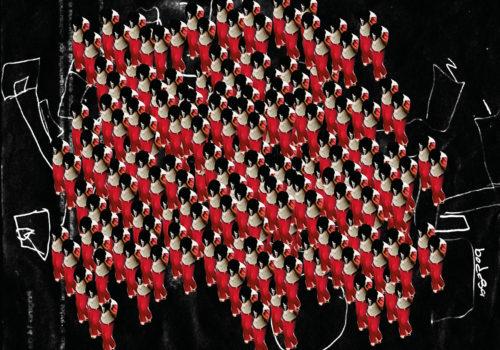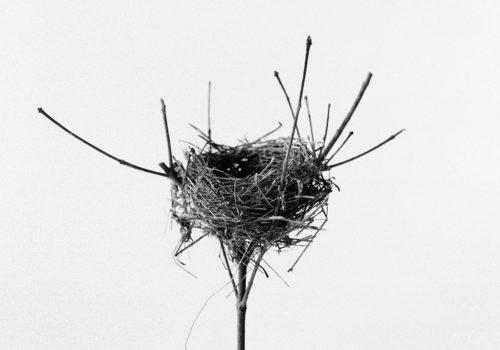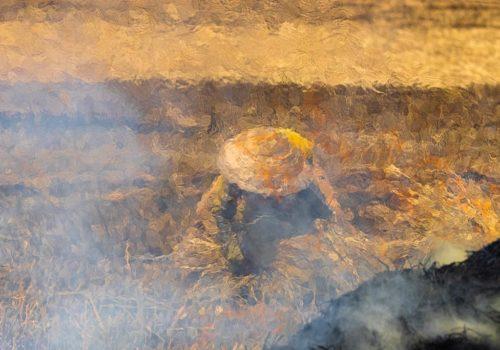Berenice Abbott once stated, “Photography can never grow up if it imitates some other medium. It has to walk alone; it has to be itself,” Abbott, a 1930s traditional black and white photographer who looked to the New York City landscape as the inspiration for her non illusionistic portraits of the metropolitan area and the cultural figures who inhabited it, never believed photography to be anything other than an art form in which reality could be frozen in a physical object (the photograph.) She was strongly influenced by the French photographer Eugène Atget who documented the modernization of Paris at the beginning of the 20th century. Her vision was to use photography to chronicle the changing face of New York as it became a mighty metropolis. Photography has often followed the trends of painting as a progressive art form, but never existed as one to replace it.
Realism is defined as an artistic movement that was developed in France in the 1850s, during the aftermath of the Enlightenment and the Industrial Revolution. With emphasis placed on reason and individualism, Realism sought to represent truthful subject matter and embodies the avant-garde desire to merge art and life. Known as the first Modern movement, Realism modified what was viewed and established as “art.” Abstract painting, without concern for creating an accurate depiction of a visual reality, reimagined art in the 20th century. Artists reshaped what they saw and transformed the material world into non-representational, conceptual compositions. “L’art pour l’art,” translated in english as “Art for art’s sake,” is one of the driving forces behind abstraction, stripping away the moral and humanistic purposes that constituted Social Realism.
Early traditional photography interpreted and re-produced real events, natural landscapes, and portraiture largely in black and white. Photographs were taken using single-lens reflex cameras in conventional sizes ranging from 8×10 to 11×14, and never larger than 20×24 inches, using accepted darkroom and printing techniques. Photographer’s in the United States such as Arthur Rothstein and Walker Evans, two of America’s premier photojournalists, photographed rural communities to publicize the living conditions of the working class while Robert Doisneau and Henri Cartier-Bresson, in France, were similarly documenting people on the streets of Paris.Cartier-Bresson, a French Humanist and a master of candid photography, using his Leica camera, became known as one of the pioneers of street photography, traveling all over the world to capture what he calls “the significance of an event.” Doisneau, with a different outlook on the way in which he wanted people to see the world, photographed the “marvels of daily life.” His photographs are modest and playfully idealistic interpretations of everyday life in which he carefully blends the social classes of Paris in his poetic approach to street photography.
In comparison, abstract photography, with its contemporary connotations, has reshaped the ways in which photographs are conceived, constructed, and presented. Within a conceptual context these photos are composed using narrative and metaphor to create meaning. Larger in size, and primarily in color, Abstraction’s influence on photography has changed the conventions of traditional still lifes, portraits, and landscapes. The subjective reality photographs of Bernard Faucon are stylistic, ethereal visions of desire while the photographs of Stephen Wilkes, composed of over 100 distinct images, transform and visualize landscapes from “Day to Night” in just one comprehensive photograph. Olivier Richon, on the other hand, is known for borrowing from Realism and reinterpreting the genre of still life photography. His imagery, although taking from this movement, does not aim to belong to it. Rather, his conceptual photographs are embedded with many doctrines of philosophical thought, and are able to instill within the viewer a sense of longing; a desire to understand the semiotics of visual imagery that goes beyond the mental constructs of reality.
Technologically and artistically, the medium of photography has evolved. The way pictures are conceived, shot, and printed has changed throughout the course of the 20th and 21st century. Smaller images became larger, and black and white images are now visualized in color. Photographs that were taken as real events unfolding before the Photographer’s eyes are now often conceptualized and set up for the taking. What were previously viewed as literal images, or slices of life, have become more ambiguous, relying on the medium to convey abstract ideas. Science, technology, social changes, and the evolving functions of photography within the “art world” have, in the past 75 years, been truly transformative. Photography, as a totality, now permeates almost all aspects of visual communication and expression.
Realism to Abstraction: Changing Focus in Contemporary Photography, on view at Holden Luntz Gallery in Palm Beach (USA) is a survey of photography from its inception to its contemporary place within art. The historical context of early photographs gives them verisimilitude, while more contemporary imagery embodies a sense of mystery. This exhibition carefully highlights the effective shifts in technology, and art and culture, that have shaped the medium from the early 20th to the 21st century. Featuring works by Berenice Abbott, Travis Boyer, Henri Cartier-Bresson, Renato D’Agostin, Robert Doisneau, Bernard Faucon, Gilbert Garcin, André Lichtenberg, Massimo Listri, Olivier Richon, Joyce Tenneson, Brett Weston, and Stephen Wilkes, the exhibition champions the diversity amongst artistic photographers past and present.
Realism to Abstraction: Changing Focus in Contemporary Photography
Holden Luntz Gallery
332 Worth Avenue
Palm Beach, FL 33480
USA

